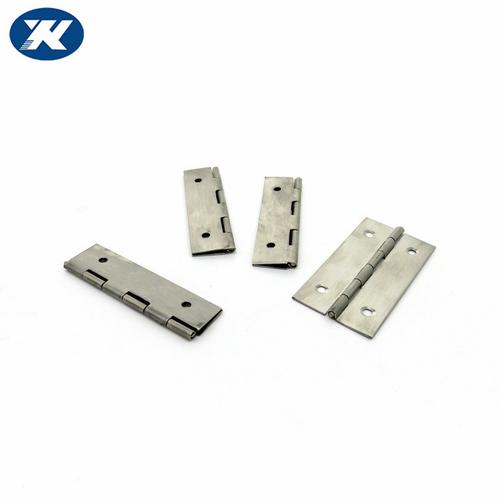The Ultimate Guide to Marine Grade Stainless Steel Bearings: Benefits, Applications, and Selection Tips
Introduction
Marine grade stainless steel bearings have become indispensable components in maritime industries and harsh environments. Engineered to withstand saltwater corrosion, extreme temperatures, and heavy loads, these specialized bearings ensure optimal performance for vessels and offshore equipment. This comprehensive guide explores the technical advantages, practical applications, and selection criteria for marine grade stainless steel bearings.
What Are Marine Grade Stainless Steel Bearings?
Marine grade stainless steel bearings are precision-engineered components made from high-grade stainless steel alloys, typically 316 or 304 stainless steel. Unlike standard bearings, they feature enhanced corrosion resistance through specialized heat treatments and surface finishing processes. The unique composition includes increased chromium and nickel content, creating a protective oxide layer that prevents rust formation in marine environments.
Key Benefits of Marine Grade Stainless Steel Bearings
1. Superior Corrosion Resistance: Withstand saltwater exposure 5x longer than conventional bearings
2. High Load Capacity: Maintain structural integrity under extreme pressure (up to 300% higher than plastic alternatives)
3. Temperature Tolerance: Operate reliably between -40°C to 350°C (-40°F to 662°F)
4. Low Maintenance: Reduced lubrication requirements compared to carbon steel bearings
5. Environmental Compliance: Meet ISO 14000 standards for marine ecosystems protection
Applications in Marine Environments
 These bearings are critical components in:
These bearings are critical components in:
• Ship propulsion systems
• Offshore drilling equipment
• Desalination plant machinery
• Marine winches and hoists
• Underwater robotics
A recent case study showed 78% longer service life in tidal energy converters using marine grade stainless steel bearings compared to standard alternatives.
Selection Guide for Marine Applications
Consider these factors when choosing bearings:
1. ISO 19906:2019 compliance for Arctic marine operations
2. ABEC precision ratings (3-7 recommended)
3. Seal types (contact vs non-contact seals)
4. Lubrication compatibility with marine-grade greases
5. Certification marks from DNV-GL or Lloyd's Register
Maintenance Best Practices
1. Conduct quarterly visual inspections
2. Use marine-approved lithium complex greases
3. Implement cathodic protection systems
4. Monitor vibration patterns using IoT sensors
5. Replace at 85% of calculated L10 life expectancy
FAQs
Q: How often should marine bearings be lubricated?
A: Typically every 400-600 operating hours, depending on load conditions.
Q: Can these bearings be used in freshwater applications?
A: Yes, but consider cost-benefit analysis versus standard stainless bearings.
Q: What's the average lifespan in saltwater environments?
A: 7-10 years with proper maintenance, versus 2-3 years for carbon steel.
Q: Are ceramic hybrids compatible with marine grades?
A: Yes, hybrid bearings with silicon nitride balls show 40% lower friction.
Q: How to verify bearing authenticity?
A: Request mill test certificates and 3.1B material certification.
Conclusion
Marine grade stainless steel bearings represent the gold standard for reliability in corrosive environments. By understanding their technical specifications and proper maintenance protocols, operators can significantly extend equipment lifespan. Explore our certified range of marine-grade bearing solutions engineered for maximum durability and performance.




 13869596835
13869596835